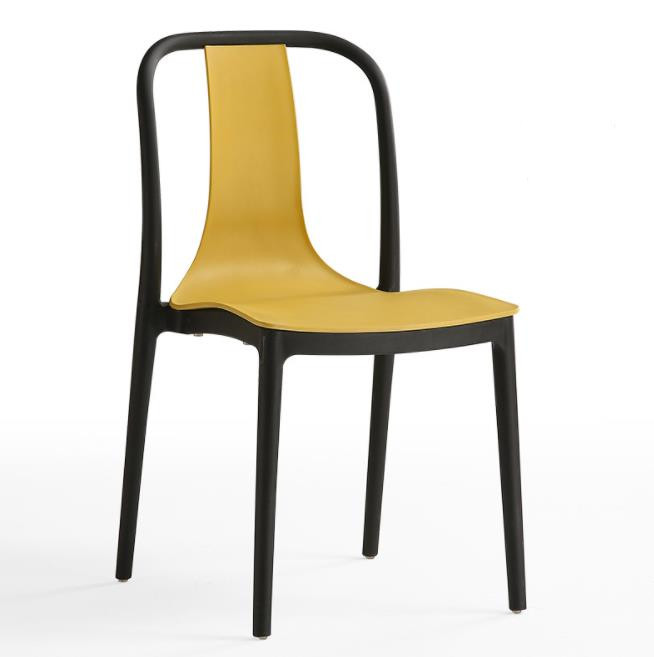The science of color in office chair design is a fascinating and essential aspect of creating a productive and harmonious workspace. Colors can have a profound impact on human psychology, emotions, and productivity. Here’s how the science of color is used in office chair design:
- Psychological Effects: Colors evoke specific emotional and psychological responses in individuals. For example:
- Blue: Often associated with calmness, focus, and productivity. It can help reduce stress and create a sense of tranquility in the office.
- Green: Known for promoting a sense of balance, harmony, and well-being. Green is associated with nature and can contribute to a sense of renewal and rejuvenation.
- Red: Known to stimulate energy, passion, and excitement. It can increase heart rate and alertness but should be used sparingly as it can also induce feelings of anxiety.
- Yellow: Known for evoking feelings of happiness, creativity, and optimism. It can stimulate mental activity and encourage innovation.
- Branding and Identity: Office chair design often aligns with the company’s branding and identity. Using the company’s logo colors or brand colors in the chair design can reinforce brand recognition and create a cohesive and professional atmosphere.
- Aesthetics and Visual Appeal: Colors play a vital role in the overall aesthetics and visual appeal of office chairs. Combining complementary colors or using accent colors can create a visually engaging and attractive workspace.
- Employee Well-Being: The right color choices can contribute to employee well-being and comfort. For instance, soothing colors like blue or green can help reduce stress and promote a more relaxed work environment.
- Impact on Productivity: The right color choices in office chair design can positively impact productivity. Colors that enhance focus and concentration, such as blues and greens, can help employees stay engaged and work efficiently.
- Office Lighting and Color: The office’s lighting conditions can affect how colors are perceived. Natural lighting tends to bring out the true colors, while artificial lighting can alter color perception. Considering the lighting in the office is crucial when selecting colors for office chairs.
- Personalization and Individual Preferences: Individual preferences for colors can vary significantly. Providing a range of color options in office chair designs allows employees to personalize their workspaces and create an environment that suits their tastes and preferences.
- Cultural and Regional Influences: Colors can hold different cultural or regional significance, and it’s essential to consider cultural sensitivities when designing office chairs for diverse workplaces.
When designing office chairs, manufacturers and designers take these color considerations into account to create chairs that promote employee well-being, productivity, and a positive work environment. Colors are one of the many elements that contribute to the overall design of office chairs and can significantly impact the overall atmosphere and ambiance of the workspace.
 c
c





